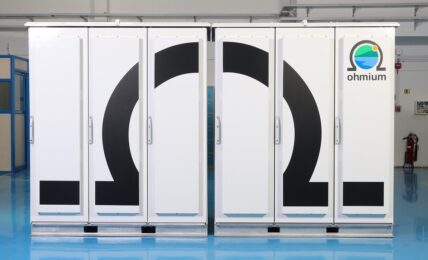Microsoft unveiled a series of new features that it is adding to its sustainability platform, Microsoft Cloud for Sustainability, with updates including capabilities to help companies meet emerging ESG reporting requirements and regulations, calculate Scope 3 emissions, and collect and manage a broad range of ESG data across categories and data sources.
Microsoft unveiled its Cloud for Sustainability platform in 2021, focused on enabling enable companies to record, report, reduce and replace their emissions through Software as a Service (SaaS) tools, and integrated the tool last year with Sustainability Manager, a data intelligence-focused solution offering organizations an increasingly automated view into the emissions impact of their entire operations and value chain.
Among the new capabilities being added to the platform are features aimed at helping users to prepare for ESG-related reporting and auditing requirements, including a new CSRD template to help organizations collect data needed for the European Sustainability Reporting Standards (ESRS) underlying the EU’s Corporate Sustainable Reporting Directive (CSRD), which will begin applying in 2024. Microsoft said that it will also introduce prebuilt reporting templates for other ESG regulations and standards as they are defined and implemented, and is also adding capabilities to track progress against Science Based Targets initiative (SBTi) designations.
Microsoft also announced the launch of Project ESG Lake, in preview beginning July 2023, a new industry data platform enabling organizations to bring together and standardize ESG data from various sources and “build a centralized ESG estate.” The solution includes more than 400 tables across categories including carbon, water, waste, social, governance, biodiversity, and general business areas.
In a post introducing the new features, Satish Thomas, Corporate Vice President, Microsoft Industry Clouds, said:
“Our initial release of the Microsoft Cloud for Sustainability data model focused on the pressing need to address carbon emissions. We’ve since expanded the data model to include water and waste. These data models centralize data to help streamline data ingestion, sharing, calculations, and reporting. This includes data from across the enterprise—enterprise resource planning (ERP) data, plant data, the Internet of Things (IoT) sensor data, telemetry at the edge—and, from external sources, too—including suppliers, utility companies, transportation, and more.”
The update also includes an expansion of Microsoft Cloud for Sustainability’s emissions calculation capabilities to include all 15 categories of Scope 3, or value chain, emissions. Microsoft Sustainability Manager launched in June 2022 with support for Scope 1 and 2 measurement, and in October, the company announced initial capabilities to track Scope 3 emissions. With the new update, in preview in July, the platform adds the final Scope 3 categories, including emissions related to the processing of sold products (category 10), emissions from use of sold products (category 11), emissions from franchise operations (category 14), other emissions from fossil fuel and energy (category 3), and emissions associated with investments (category 15).
Additional features announced by Microsoft include waste and water data capabilities, and a service for carbon credits to help improve tracking and transparency and improve the quality and quantity of credits.
The post Microsoft Adds ESG Reporting, Scope 3 Emissions Capabilities to Sustainability Platform first appeared on ESG Today.
The post Microsoft Adds ESG Reporting, Scope 3 Emissions Capabilities to Sustainability Platform appeared first on ESG Today.


